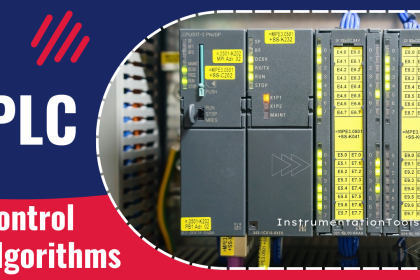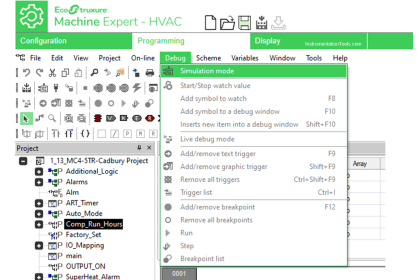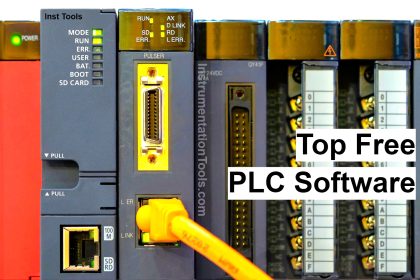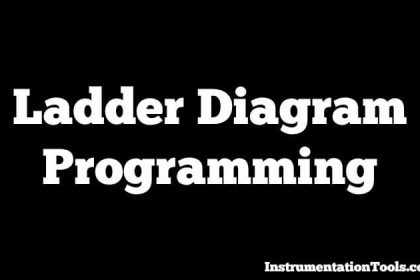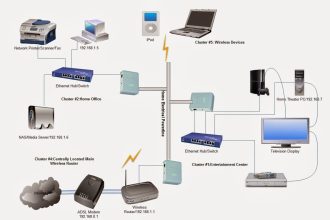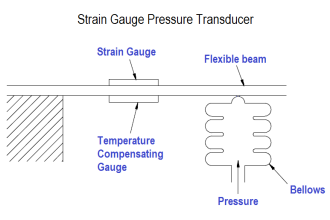In this post, we will understand the various types of digital outputs used in PLC.
There are four basic types of inputs and outputs in a PLC.
- digital inputs,
- digital outputs,
- analog inputs, and
- analog outputs.
Digital Outputs in PLC
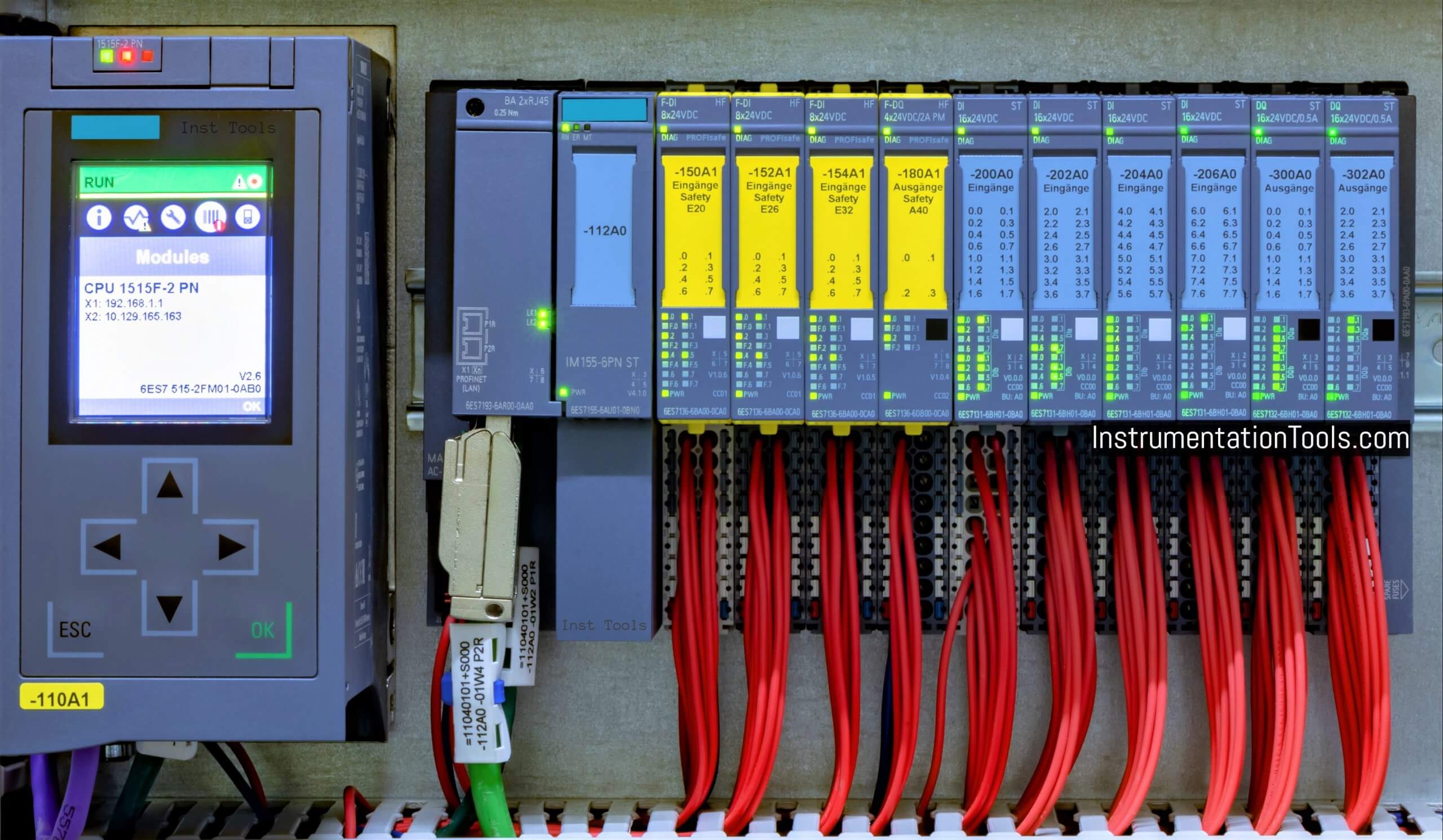
Here, we will consider the various types of digital outputs in the PLC. Before going into the types, let us consider how an output functions in a PLC.
A digital output is nothing but a switch that a PLC operates to turn on or off the output device. It is controlled by the logic written inside the PLC.
Types of Contacts
Traditionally, there are three contacts for operating an output.
- COM (Common),
- NO (Normally Open), and
- NC (Normally Closed).
See the below image for reference.
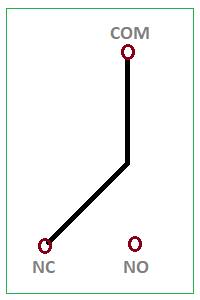
COM is the common terminal that connects both the NO or NC contacts according to the trigger given. Consider this as a part of an electrical switch.
When the switch is in off condition, the COM and NC terminals are connected with each other.
When the switch is in on condition, the COM and NO terminals are connected with each other.
Working of a Relay
Now, let us go one step more ahead to the working of a relay.
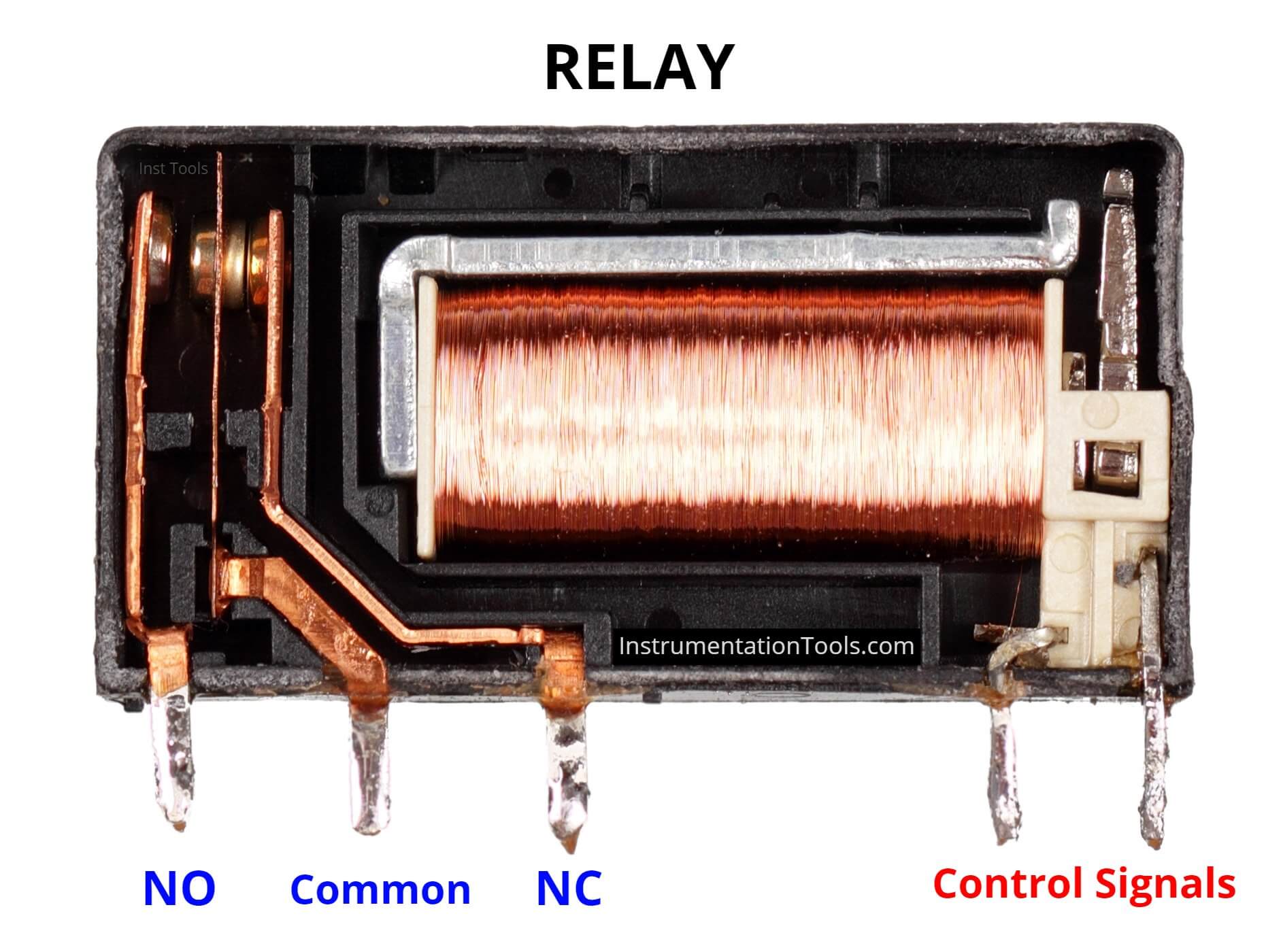
In a relay, there are five contacts – two for power supply and three as mentioned above. When the relay is given supply, the contacts change from COM and NC to COM and NO.
Refer to the below image. The potential will not flow between plus and minus contacts unless they contact each other through relay contacts.
So, when the relay is energized, the potential will flow from plus to minus through the COM and NO paths.
Consider this supply as a part of a device or instrument (shown as the green box). This will then energize the device indirectly.
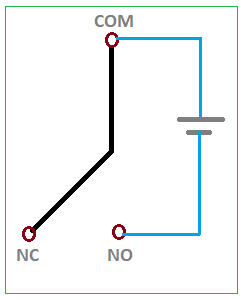
PLC Outputs
This is the same logic for a PLC output. They have two contacts
- either NO and COM or
- NO and NC.
When the output is logically turned on from PLC, the internal contacts switch their position accordingly as discussed and turn on the field device connected at it.
Refer to the below image for the PLC control part as discussed.
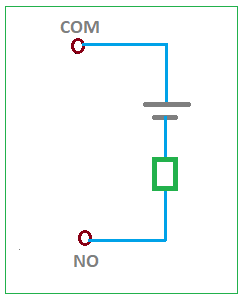
Types of Digital Outputs
Now, discussing our topic, the types of digital outputs mean the types of potentials that can be given to the COM terminal.
There are only two voltages available in a PLC. They are
- DC, and
- AC.
There are three types of outputs. They are
- Relay,
- Triac, and
- Transistor.
Before going into these types, we have to understand the two types of current that flow in a circuit. They are
- Sink, and
- Source.
Sink
The sink is the type where negative potential will flow from the NO or NC terminals.
Source
The source is the type where positive potential will flow from the NO and NC terminals.
This is decided by either giving a negative or positive potential at the common terminal respectively. In the above image, the PLC output is source type.
Let us study each PLC output type in detail:
Relay
If the output type is a relay, that means you can give any potential (DC or AC) to the common terminal.
When the output is energized, it will accordingly allow the flow of current to the device and make its contact closed.

As the name suggests, it has a mechanical contact inside for switching the output. Due to the use of mechanical contacts, they have a higher load current carrying capacity than the other two types.
But they also have a shorter life span as compared to the other two and are prone to more damage if switched at a very high frequency constantly.
Triac
In triac type, you can connect only AC voltage to the common terminal. They are faster in operation and have a longer life span compared to relay outputs.
Even they can handle a larger amount of load current.
Transistor
In transistor type, you can connect only DC voltage to the common terminal. They are faster in operation and have a longer life span compared to relay outputs.
But they cannot handle a larger amount of load current.
These are the three types of digital outputs used in a PLC.
If you liked this article, then please subscribe to our YouTube Channel for Instrumentation, Electrical, PLC, and SCADA video tutorials.
You can also follow us on Facebook and Twitter to receive daily updates.
Read Next:
